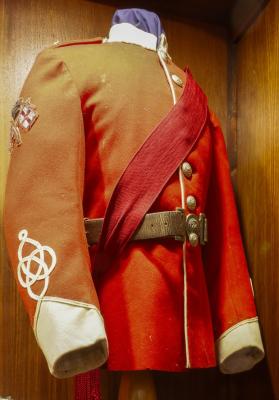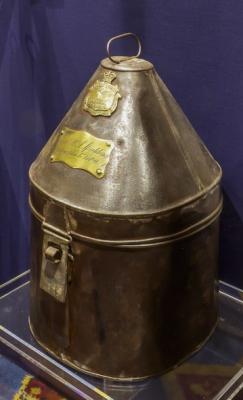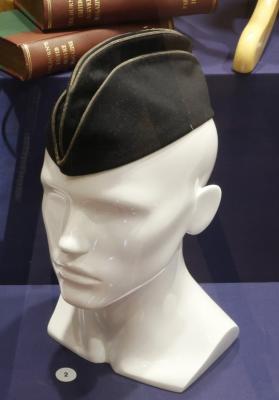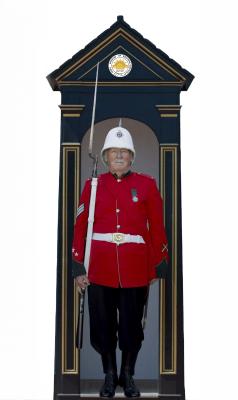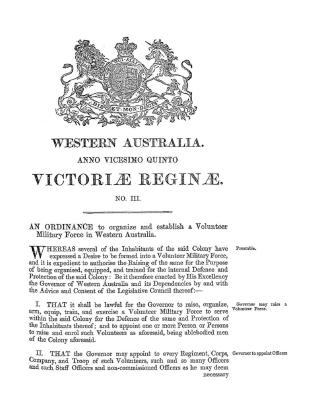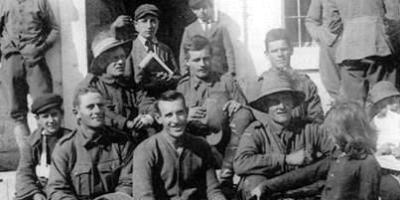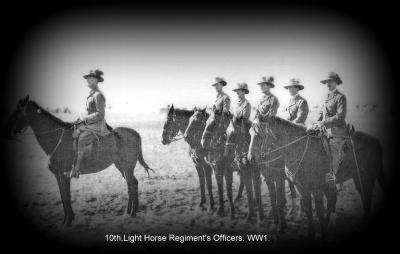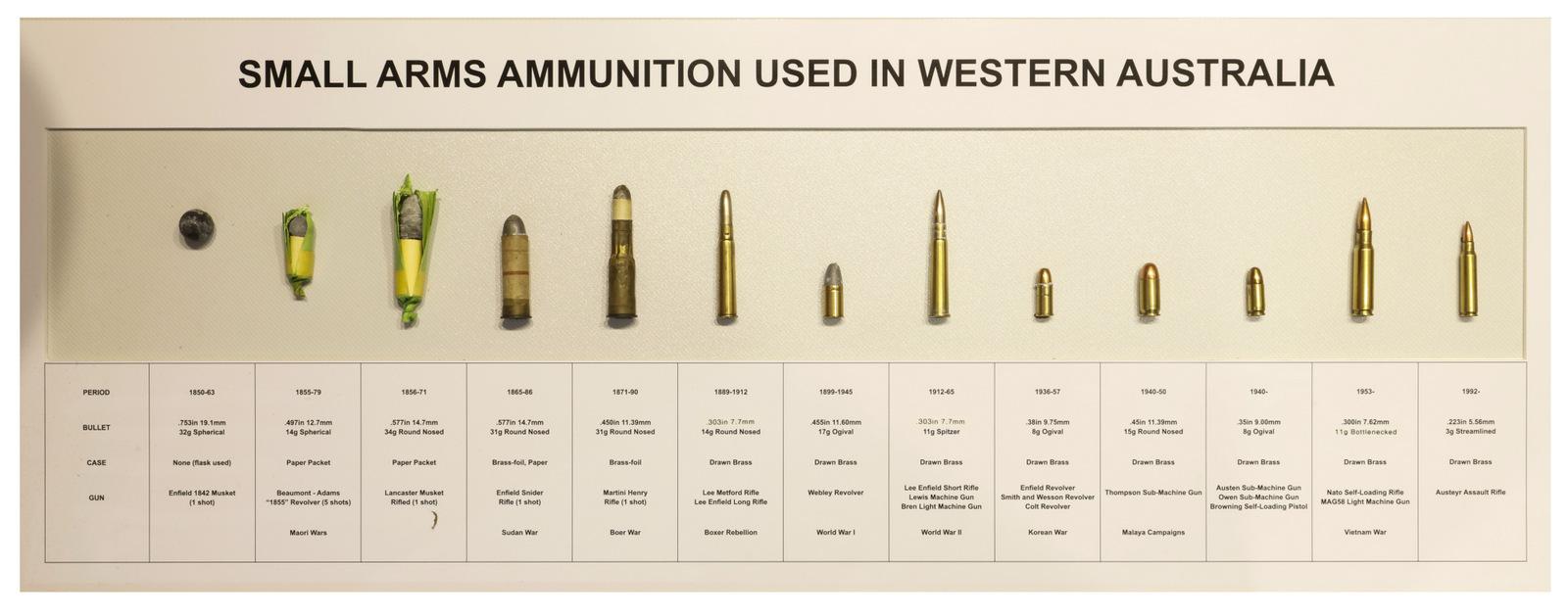Technology Display - Replicas of Long Arm Cartridges and Munitions, 1850 - Present
Replicas of shot, cartridges and long arm munitions used by soldiers from and in Western Australian from 1850 to the present (2024).
The evolution of ammunition reflects humanity's quest for innovation, efficiency, and effectiveness. In the early days of firearms, propellants and bullets were loaded separately, with the musket ball, a spherical lead projectile, becoming standard by the 16th century. Black powder, a mixture of sulfur, charcoal, and potassium nitrate, was used as the propellant. While it propelled the musket ball, black powder had limitations such as low muzzle velocity, inconsistent performance, and heavy smoke production.
In the 19th century, advances like rifling—spiral grooves inside the barrel—greatly improved firearm accuracy and power. Rifling stabilized projectiles in flight, and the introduction of Minié balls, conical bullets that expanded when fired, enhanced this further by creating a better seal with the barrel. This combination led to increased accuracy and range.
The development of smokeless powder in the late 19th century marked another breakthrough. Unlike black powder, it burned more efficiently, producing less smoke and fouling while increasing muzzle velocity and allowing quicker follow-up shots.
Today, modern bullets are highly specialized. Hollow-point bullets expand upon impact, making them effective for self-defense, while full metal jacket (FMJ) bullets, with a soft lead core and harder metal shell, are widely used in target shooting and military applications.
Details
Details
This display is located in the Pre 1914 Gallery at the Australian Army Museum of Western Australia. All cartridges are replicas and contain no active propellants.
Australian Army Museum of Western Australia
Australian Army Museum of Western Australia
Other items from Australian Army Museum of Western Australia
- Pre 1914, Dress Tunic, Colour Sergeant, 3rd Battalion WA Infantry Brigade, 1900
- Pre 1914, Colonial Pattern Helmet Tin, SPALDING, Northampton Volunteer Rifles, 1884
- Pre 1914 - Colonial Pattern Helmet, Geraldton Rifle Volunteers
- Pre 1914, "Torin" Style Side Cap, 1885
- Pre 1914, Volunteer Rifle Crossbelts, 1900
- Artillery Barracks Garrison Sentry Box (Selfie Backdrop)
- Pre 1914, Western Australia, Volunteer Force Ordnance 1861
- World War 1, South West Asia, Palestine, 10 Light Horse, 1917
- World War 1, Western Australia, Greenmount, 10 Light Horse
- World War 1, Western Australia, 10 Light Horse, 1915
- World War 1, Western Australia, Blackboy Hill Camp, 10 Light Horse, 1915
- World War 1, Europe, Eastern Mediterranean, Gallipoli, Anzac Cove, 10 Light Horse, 1915
